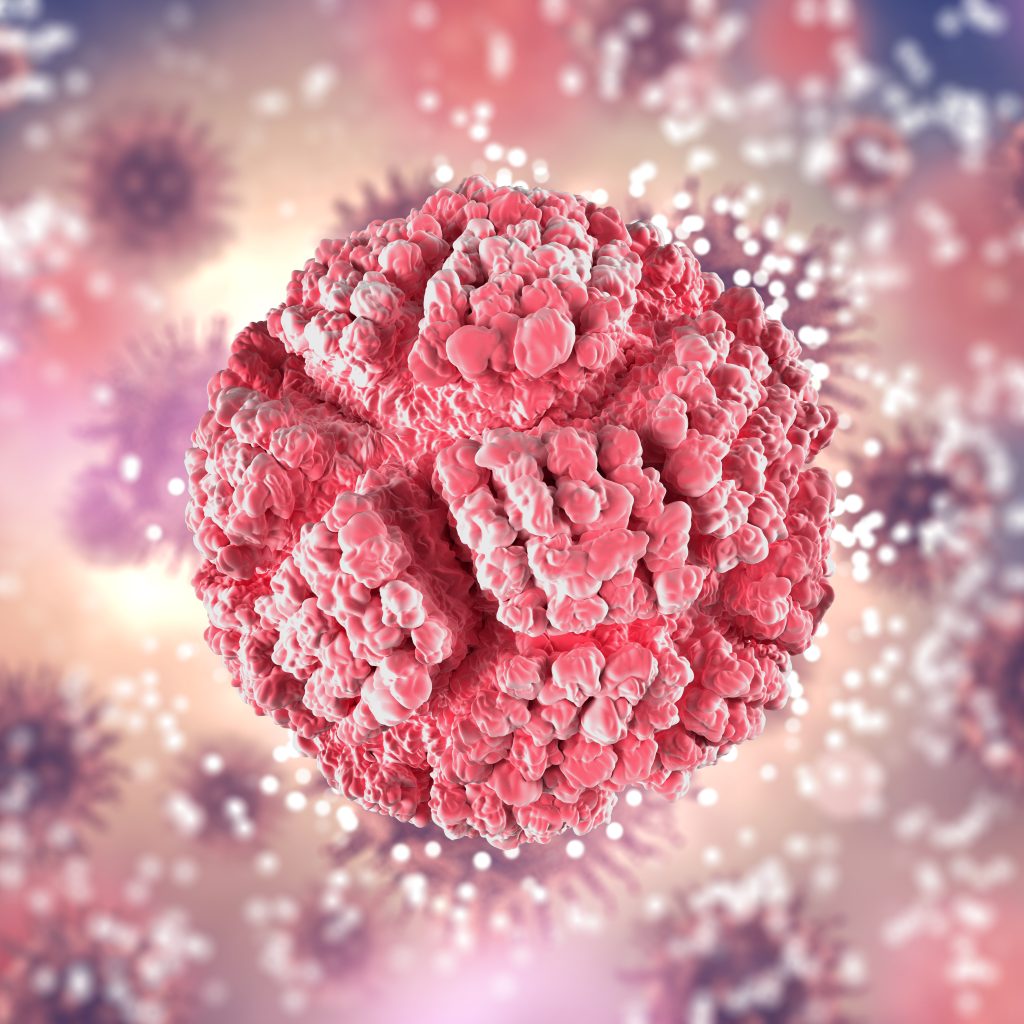Flow cytometry is a cutting-edge analytical technology that plays a pivotal role in modern biomedical research, clinical diagnostics, and therapeutic development. It offers the ability to rapidly analyze and sort cells or particles based on their physical and biochemical characteristics. With its roots dating back to the 1950s, flow cytometry has evolved into a cornerstone of cellular biology, immunology, and cancer research, among other fields.
What Is Flow Cytometry?
At its core, this is a laser-based technology that measures the properties of individual cells as they pass through a focused beam of light. This is accomplished using fluorescently labeled antibodies that bind to target molecules, making them detectable by the instrument.
The result is highly detailed, quantitative data about cell populations, all in real time and at high throughput. In many applications, millions of cells can be analyzed in a matter of minutes, making flow cytometry both efficient and invaluable.
Key Components of a Flow Cytometer
A typical flow cytometer consists of several main components:
Fluidics system: This directs cells in a single stream through the laser beam.
Optics system: Includes lasers and detectors to measure light scatter and fluorescence.
Electronics system: Converts optical signals into digital data for analysis.
Together, these systems provide multiparametric data for each cell, which is then visualized and interpreted using specialized software.
Applications of Flow Cytometry
- Immunophenotyping
One of the most common uses of flow cytometry is in identifying and characterizing different immune cell types. For example, in HIV/AIDS research and treatment is used to monitor CD4+ T-cell counts—an essential metric for patient management. - Cancer Diagnostics
This is employed to diagnose and classify hematological malignancies like leukemia and lymphoma. - Stem Cell Research
In regenerative medicine, it helps identify, sort, and characterize stem cell populations based on specific surface markers, aiding in both basic research and clinical applications. - Microbiology
Beyond mammalian cells, this is also used to analyze bacteria, yeast, and algae. In environmental science, it helps in water quality testing and microbial population studies. - Vaccine Development
During the COVID-19 pandemic, flow cytometry played a significant role in evaluating immune responses to vaccine candidates by profiling T-cell and B-cell activity.
Advantages of Flow Cytometry
Speed and Accuracy: Millions of cells can be analyzed in minutes with high precision.
Multiparametric Analysis: Simultaneously assess multiple characteristics of each cell.
Quantitative Data: Provides detailed numerical data that supports statistical analysis.
Cell Sorting Capability: Fluorescence-Activated Cell Sorting (FACS) enables the physical separation of specific cell types for further use.
Limitations to Consider
Although flow cytometry offers numerous advantages in cell analysis, it is not without its limitations. To begin with, the technique requires highly specialized equipment, which may not be readily available in all research or clinical settings. Furthermore, the operation of this equipment demands extensive training and technical expertise, potentially creating barriers for new users. In addition, the use of essential reagents—such as fluorochrome-labeled antibodies—can significantly increase costs, thereby limiting the widespread adoption of this powerful tool in resource-constrained environments. Despite these challenges, ongoing innovations continue to address these limitations, enhancing the accessibility and efficiency of them.
Flow Cytometry in GMP and Biomanufacturing
In biopharmaceutical production, especially for cell and gene therapies, flow cytometry plays a critical role in quality control. It is used to characterize cell populations, monitor transfection efficiency, and ensure product consistency in compliance with current Good Manufacturing Practice (cGMP) standards.As regulatory scrutiny intensifies for advanced therapy products (ATPs), offers a validated, robust method to ensure safety, identity, purity, and potency—key requirements for clinical-grade cell-based products.
The Future of Flow Cytometry
Technological advancements are continuously expanding the capabilities of flow cytometry. Innovations like spectral flow cytometry and imaging are pushing the boundaries of resolution and multiplexing. Automation and AI-based data analysis are also making the technology more user-friendly and scalable.
Moreover, integration with single-cell genomics and proteomics is unlocking new opportunities in systems biology, enabling a more comprehensive understanding of cellular heterogeneity and function.
Final Thoughts
This is a powerful analytical platform that continues to shape the landscape of life sciences. From diagnostics to drug development, and from basic research to biomanufacturing, it offers unparalleled insights at the single-cell level. As the demand for personalized medicine and cellular therapies grows, so will the relevance of this technology.
Xellera Therapeutics, a leading CDMO specializing in advanced therapy products, integrates flow cytometry into its rigorous quality control and analytical framework. By leveraging this cutting-edge tool, Xellera ensures precision, compliance, and excellence in the development and manufacturing of next-generation cell and gene therapies.







